
The Kondo effect is a peculiar physical phenomenon observed in metals doped with magnetic atoms. Unlike the usual behavior of pure metals, where the electrical resistivity decreases with decreasing temperature, in systems containing magnetic impurities, the electrical resistivity increases with decreasing temperature.
The cause of this phenomenon is due to the magnetic interaction between the spin of the conduction electrons and the spin of the impurity centers. Although this effect was discovered experimentally since 1934, it was not until 1964 that Japanese physicist Jun Kondo gave a convincing theoretical explanation for the above phenomenon, from which the effect is named after him.
The Kondo effect of electric charge was first proposed in theoretical models by Flensberg, Matveev and Furusaki in the period 1993-1995. In Vietnam, theoretical research on this effect was conducted by Dr. Nguyen Thi Kim Thanh, Institute of Physics (Vietnam Academy of Science and Technology) in cooperation with Professor Mikhail Kiselev, Abdus Salam International Center for Theoretical Physics.
A major experimental breakthrough occurred in 2015, when the research group of Professor Frédéric Pierre at the University of Paris-Saclay succeeded in establishing experimental confirmation of the charge Kondo effect. This achievement not only solidified the theoretical basis, but also opened the way to studying more complex variants such as the multichannel Kondo effect, where a quantized degree of freedom (spin or charge) is simultaneously associated with multiple independent electrodes.
In 2017, at the International Conference “Nanophysics: from fundamentals to applications - the return” held in Quy Nhon, Vietnam, Dr. Nguyen Thi Kim Thanh had the opportunity to meet and discuss directly with Professor Frédéric Pierre, who presented the latest results related to the three-channel charge Kondo effect - a highly complex phenomenon in solid state physics. At that time, theoretical models for the two-channel case had been published, and Dr. Kim Thanh expressed special interest in developing a theoretical model for the three-channel case.
The research collaboration has been materialized in the scientific work entitled “Thermoelectric conduction in three-channel charge Kondo circuits”, published in the journal Physical Review Letters (No. 125, page 026801, year 2020). The article is part of the research topic “Non-equilibrium electron conduction through quantum dot systems in the Kondo regime” (code 103.01-2020.05) funded by the Nafosted Foundation, contributing to deepening the understanding of quantum conduction and strong correlation effects in nanoscale systems.
According to scientists, the Kondo effect is significant in physics research. The Kondo effect has always been of interest because it provides clues to study the electronic properties of many materials where the interaction between electrons is particularly strong. In addition, the theoretical study of Kondo problems confirms and develops important research methods to solve other multi-particle problems.
The research work not only has fundamental value in theoretical physics, but also opens up prospects for practical applications in the field of quantum technology. It is a clear demonstration of the importance of basic science, and at the same time recognizes the outstanding contributions of Vietnamese scientists in the field of modern physics.
The Minister of Science and Technology has awarded the 2024 Ta Quang Buu Prize (Main Prize) to Dr. Nguyen Thi Kim Thanh, Institute of Physics – Vietnam Academy of Science and Technology, who is the main author of the excellent scientific work TKT Nguyen and MN Kiselev, 2020. Thermoelectric Transport in a Three-Channel Charge Kondo Circuit. Physical Review Letters, 125, 026801.
Source: https://nhandan.vn/hieu-ung-kondo-trien-vong-ung-dung-cho-cong-nghe-luong-tu-post925883.html











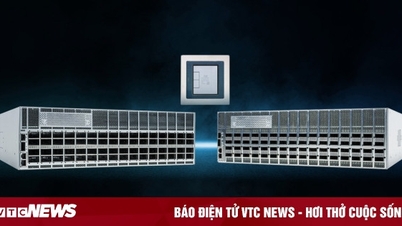
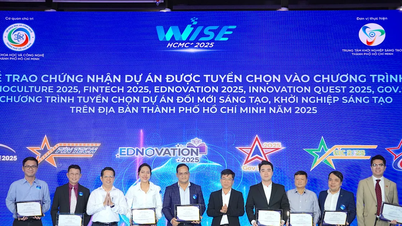










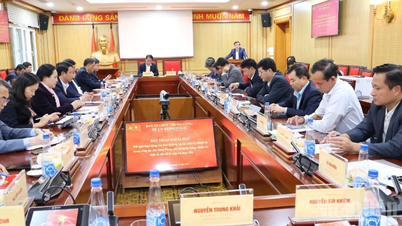

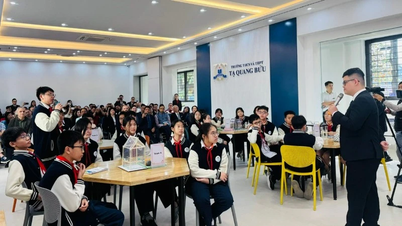
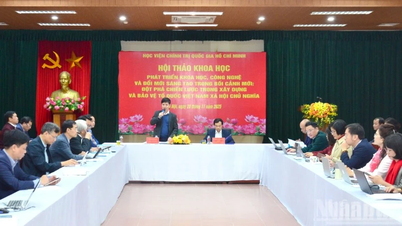


























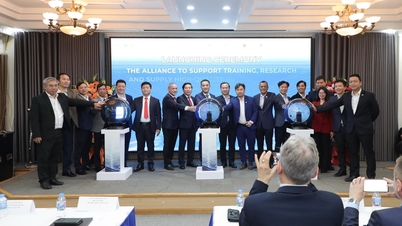



















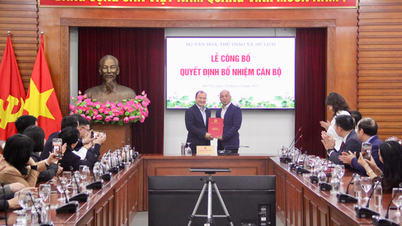
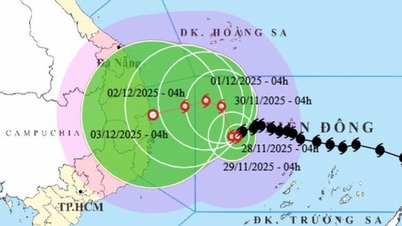



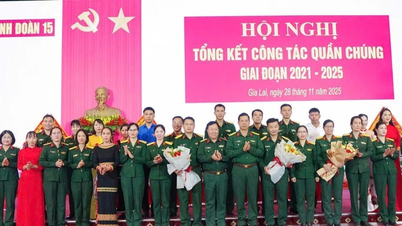



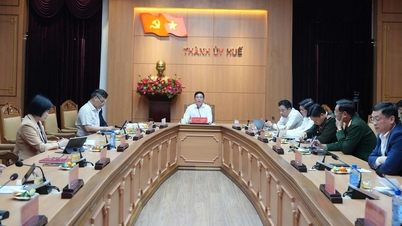

















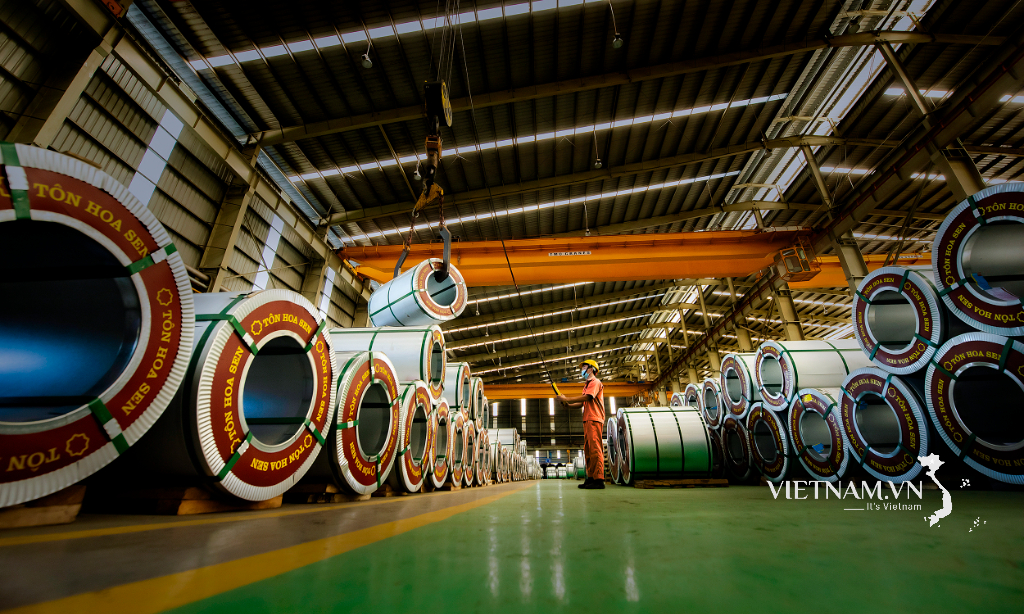
Comment (0)